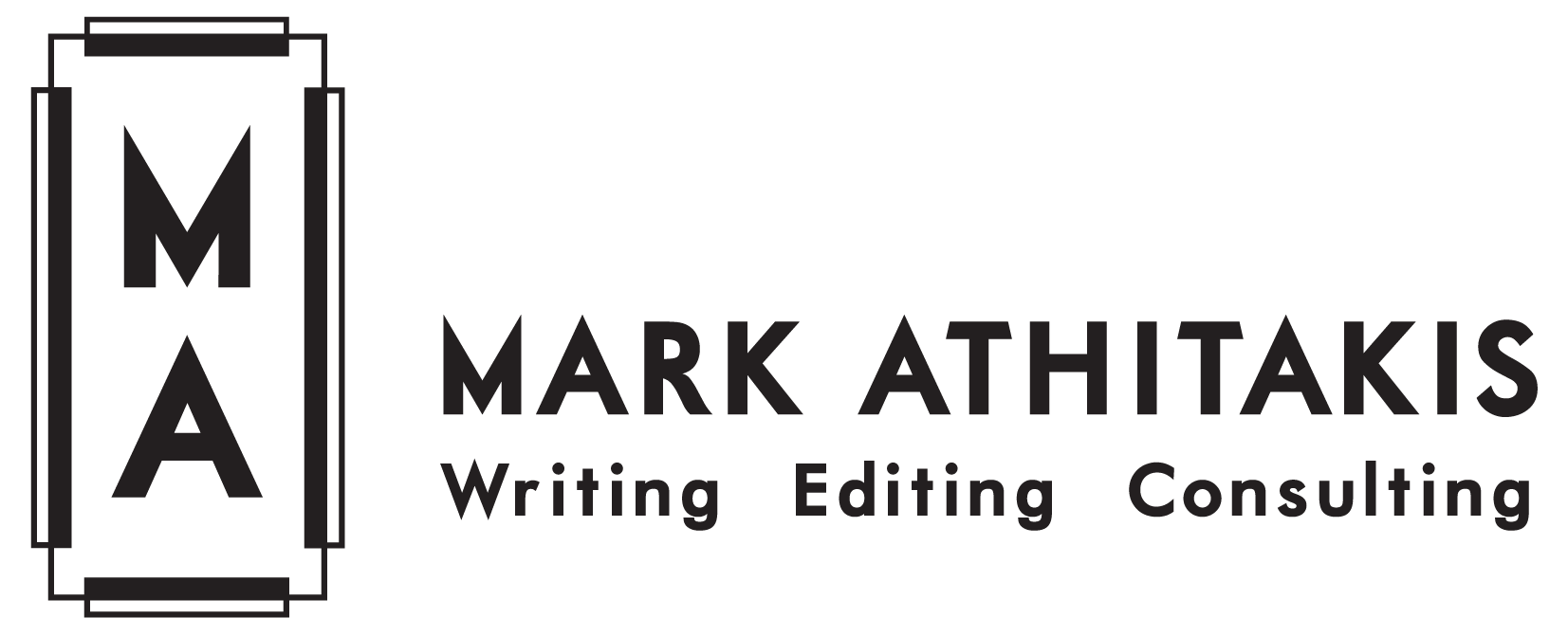Cheryl Reed, a former editor of mine at the Chicago Sun-Times, is the managing editor of TriQuarterly Online, a new, student-run iteration of the venerable print publication. (The change generated plenty of consternation when it was announced last fall.) TriQuarterly 2.0 had its soft launch yesterday*, and among the pieces is an essay she wrote about the experience of reading Bonnie Jo Campbell‘s story collection American Salvage on a Kindle. She has a few thoughtful things to say about the book itself, but it’s this comment that caught my attention:
What is missing in this big publishers’ debate is what electronic books can offer midlist authors, small presses, and even readers who might not be willing to gamble $24 for a hardcover or $14 for a paperback by an unknown author but who might risk $10 to read an electronic version.
Before the argument about charging $15 for electronic books by big publishers, I had started to think of electronic books as the next paperbacks. When I downloaded American Salvage, I knew that if I really liked the book, I’d buy the print original. People who read a lot often wait to buy the paperback version. If they discover a writer they really like, then they acquire the hardcover for their home libraries.
I don’t follow the debate over e-book pricing especially closely, but I’m not convinced even avid readers behave the way Reed suggests. Special-edition hardcovers of books exist to siphon money off of people who first fell in love with a book in paperback, true, and it may be that people who admire certain classics want to own more durable hardcovers of them. (That’s the only justification for the Library of America, come to think of it—you could probably build your own LoA for about 1/1,000th of the cost by trawling used bookstores. It’d be a less attractive collection, though, and probably moldier.) But, lacking any hard data on the matter, I don’t think people do this with contemporary books they just happen to like well enough—at least not in big enough numbers to compel publishers to alter their pricing models in response. At best, the enthusiasm that American Salvage has generated might translate into more purchases of her two other works of fiction, and more people buying her next book in hardcover. That is, assuming that book appears, assuming that book appears in hardcover, and assuming that the e-book environment hasn’t changed yet again by the time that book arrives.
* Cheryl’s a friend, but she didn’t ask me to blog, Tweet, or otherwise promote this.

The difference in price between a hardcover and a paperback is greater than that between a paperback and an e-book (at least in this particular instance, apparently). I’m not sure the four dollars’ difference is enough to make a person prefer the e-book over the paperback. Of course, there’s the convenience of not having to go to the store, but if I pay ten dollars for a book, I’m not very likely to pay another fourteen for the paperback or another 24-30 for the hardcover.